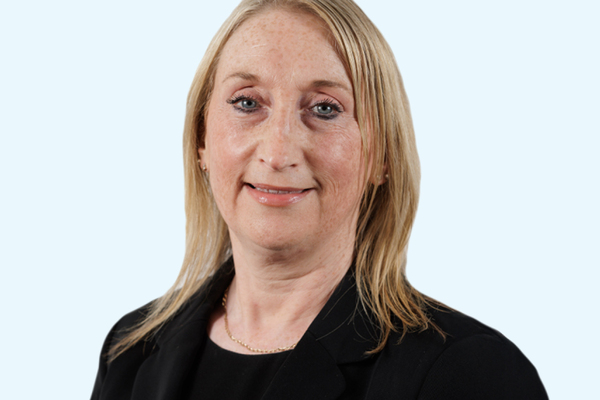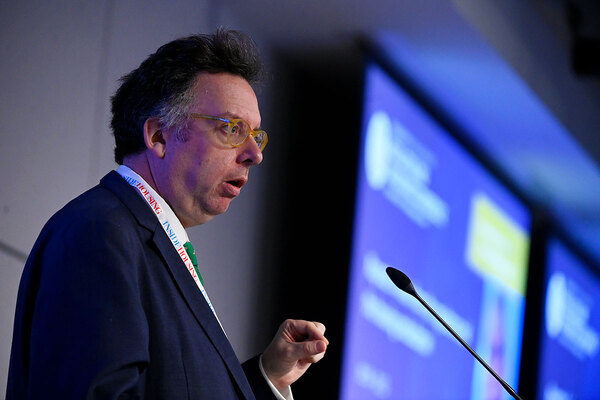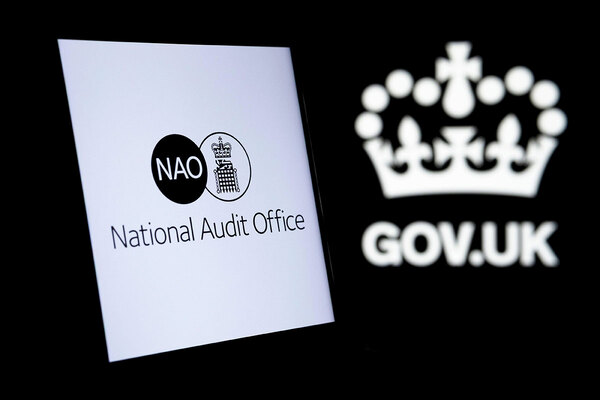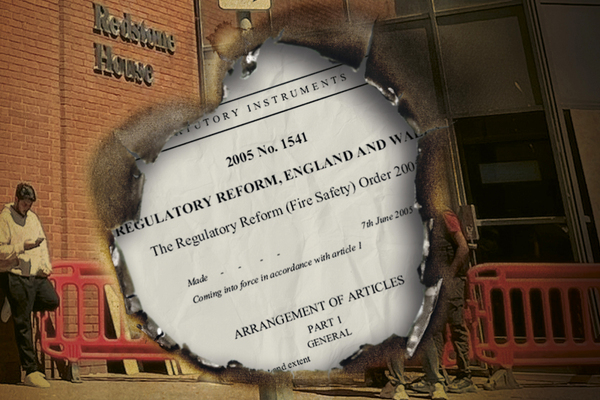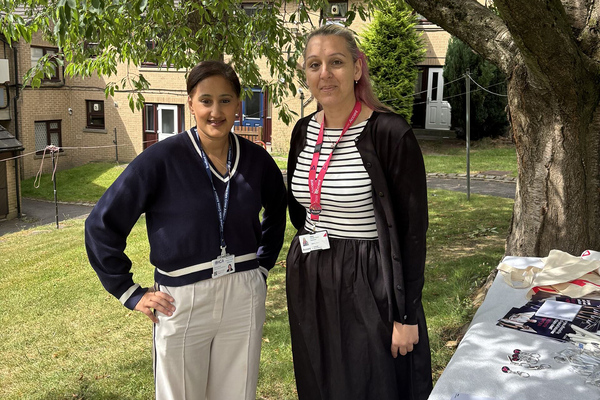You are viewing 1 of your 1 free articles
More than 20 landlords highlighted in ombudsman’s latest damp and mould report
More than 20 social landlords have been highlighted for failings in how they dealt with with damp and mould cases in the Housing Ombudsman’s latest Learning from severe maladministration report.

The report spotlights incidents where landlords had poor records, delayed inspections for months, failed to act despite residents’ vulnerabilities, did not act effectively to solve access issues, and made situations worse with poor responses to complaints.
In one case, a landlord “significantly” delayed repairs despite water running down a child’s wall when it rained and pouring through light fittings and alarms when an upstairs neighbour had a bath.
The delays took between five months to more than a year, which caused the resident “distress, upset and frustration”, while her request for rehousing was ignored.
In its learning statement, the landlord said it has centralised its property surveying team and brought in a system to make sure vulnerabilities are considered alongside repairs. It has also brought in improvements to communication and training for staff ahead of Awaab’s Law.
Another case detailed in the report includes a landlord that delayed resolving damp and mould for nearly a year-and-a-half, including a 10-month wait to install new fans and an eight-month delay to a damp report after the initial visit to the home.
This came despite the landlord finding “soaking walls” when it first visited, knowing the family’s GP had said the home was not habitable, and being served notice by the council stating that the damp and mould was a health and safety risk.
The resident said she had thrown out furniture, photos and documents due to the impact of the damp and mould, and went to counselling as she could not have visitors. Carers also refused to visit her mother, who uses a wheelchair and lives in the home.
The landlord said it will now take fast action, communicate clearly and carry out thorough risk assessments, especially when a resident has a vulnerability. It is also clearer on how it must keep records.
The report comes a day after Awaab’s Law came into force bringing in new legal requirements for social landlords to deal with hazards in the home, including responding to emergency repairs in 24 hours and investigating significant damp and mould within 10 working days of being notified.
Housing ombudsman Richard Blakeway said: “This report reinforces the need for Awaab’s Law.
“The issues in these cases take months or even years to be addressed and in some cases are unresolved until we intervene. This is far from action happening within days or weeks, as would be expected now under Awaab’s Law.
“Understandably, there has been focus by landlords on meeting the timescales set out in the law. However, landlords should not lose sight of other requirements, such as effective inspections, providing suitable temporary moves and clear, empathetic communication.
“There is a risk of false assurance if governing bodies focus only on the tangible targets.
“Issues relevant to these areas are examined in this report because we think they could be ‘pinch points’ under Awaab’s Law.
“The landlords involved in this report have shared a wide range of valuable lessons to prevent failings happening again. This includes handling cases out of normal working hours, evaluating contractor capacity, technological innovations, managing complex cases, task tracking, triaging, responding to vulnerabilities and record-keeping requirements.
“Sharing insights and sector collaboration will help landlords during the initial months practicing Awaab’s Law.
“We want to play our part, too. We have published investigation guidance to help landlords understand our handling of Awaab’s Law cases and we are also committed to sharing our casework insights early. This collective effort will make residents’ homes safer.”
The full report and the list of landlords can be accessed here.
Sign up for our regulation and legal newsletter
Already have an account? Click here to manage your newsletters
Latest stories
